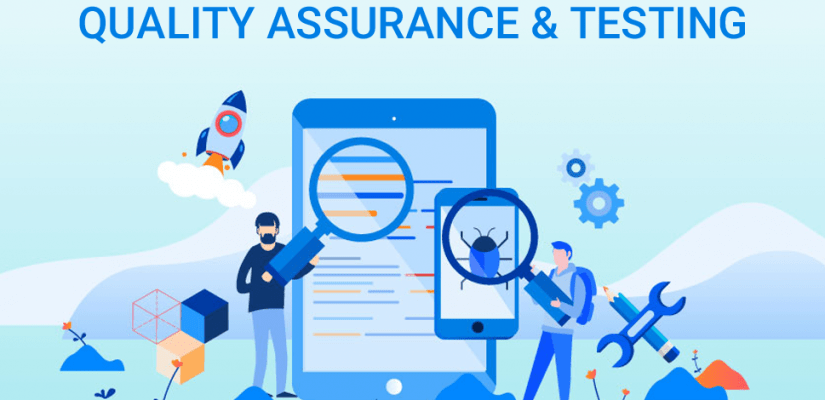There are several kinds of testing. Each type has its benefits and drawbacks. It can be hard to understand what is right for your project, especially when there’s so much information out there! This blog will give you a quick rundown on black box testing and how it applies to your software development projects.
What is black box testing?
Black box testing is an approach to software testing that assumes the tester has no inside knowledge of the product and knows nothing about programming or coding. All they have available to them is the requirements documentation for the system and any relevant details regarding its environment (operating system, browser compatibility etc.).
Any known bugs found during black box testing should have already been logged in the bug tracking system. Black box testing is also known as functional, specification-based, behavioral, opaque-box or general compatibility testing. It tests how well the code meets the requirements and performs its intended functions.
Testers using this method are not required to know about programming languages but should understand what the software is supposed to do. It can be particularly useful in cases where creating a test environment would be difficult or impossible, such as with networked applications, mobile apps and third-party software.
Black box testing tests the functionality of your code based on how it is documented. The tester should not rely on their business knowledge or specific domain expertise, as this information could lead to a confirmation bias. It is important to note that a black box test can only identify faulty modules. It cannot establish whether the product being tested meets requirements until they have been identified. A bug could be caused by a requirement not being met rather than the code itself being at fault.
Pros of Black Box testing
You can test early
Testing much earlier in the development process is possible with black box testing because you don’t need to wait for code completion. This means there’s less lag between when a bug is introduced and spotted. It also reduces the risk of scope creep. After all, if you haven’t written any code, how can it change?
It is less time-consuming
Black box testing requires less test preparation than other approaches. You don’t need to create test scripts or learn the programming language, although knowing the subject is useful for making judgments about how likely certain bugs will be caught during testing. This means you can build out the qa services plan much more quickly for these types of projects.
You can test third party software
It is often impossible to create a full test environment for third-party software because that would require creating a replica of the server and any other hardware involved in running that product. Black box testing requires whatever details you have available and can still give insight into how well the product works.
You can test for compatibility across different browsers and operating systems
Black box testing is not limited to just web applications; it can be applied to any software project where all you have available is the documentation. For example, if you were building a mobile app that required an internet connection, you would not create a local testing environment. Black box testing is the developer’s only option in this case because it does not require an account on the relevant app store (Apple, Google etc.).
Cons of Black Box Testing
It Is Difficult To Prioritize Bugs
As mentioned earlier, black box testing can only identify faulty modules, not establish whether they meet requirements. This is why it’s important to distinguish between bugs caused by incorrect implementation versus those missed during testing and qa services. Without access to the code or documentation, there is no way of knowing what has been done correctly and what hasn’t. Prioritizing bugs can be difficult.
It Can Identify Requirements Gaps
Black box testing is only useful when there are no undocumented requirements. If a requirement has not been specified, how can you test it? In this case, black box testing would be completely redundant because all you would find are ‘bugs’ that don’t exist in the product.
It Doesn’t Provide A Complete Picture
As the name suggests, black box testing is simply a matter of looking at what’s on the outside and making assumptions based on that. For this reason, it’s important to use black box testing in conjunction with other approaches such as the grey box or white box testing, where possible.
Final thoughts
Black box testing is a valuable tool to have in your arsenal, but it should not be the only one. It can take your part in building confidence in your project’s quality. However, if there are any undocumented requirements, black box testing will not be used when prioritizing bugs.
At HikeQA, a leading software testing company where . We use black box testing to help us develop automated tests for our client’s web applications. Black box testing is particularly helpful during the earlier stages of development when client projects are in an MVP (minimum viable product) phase.

















